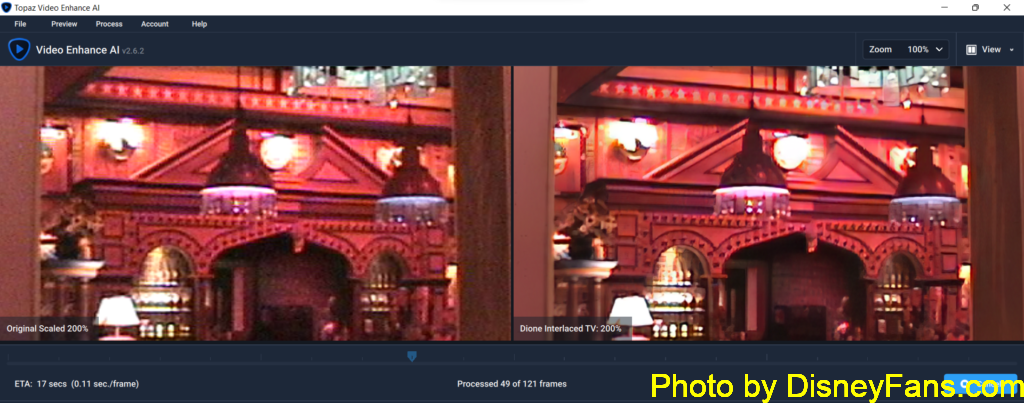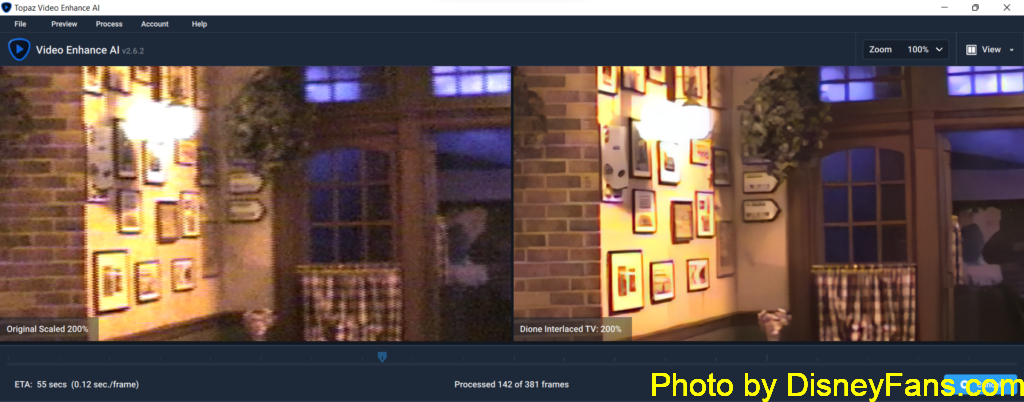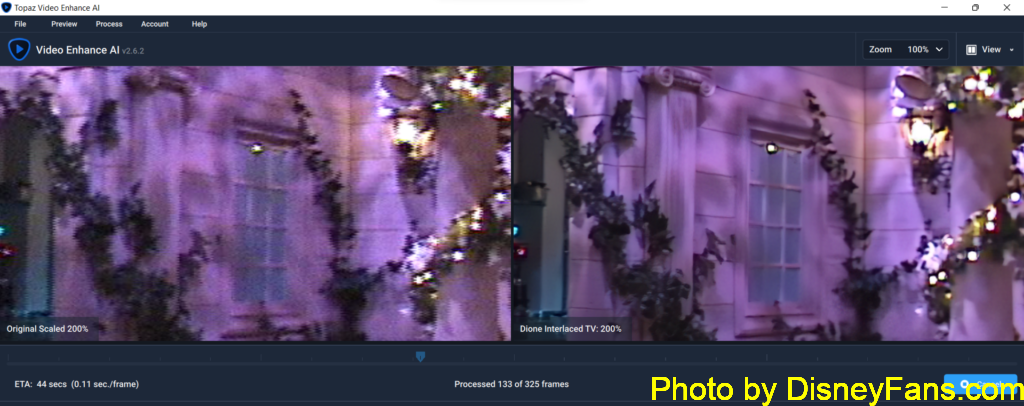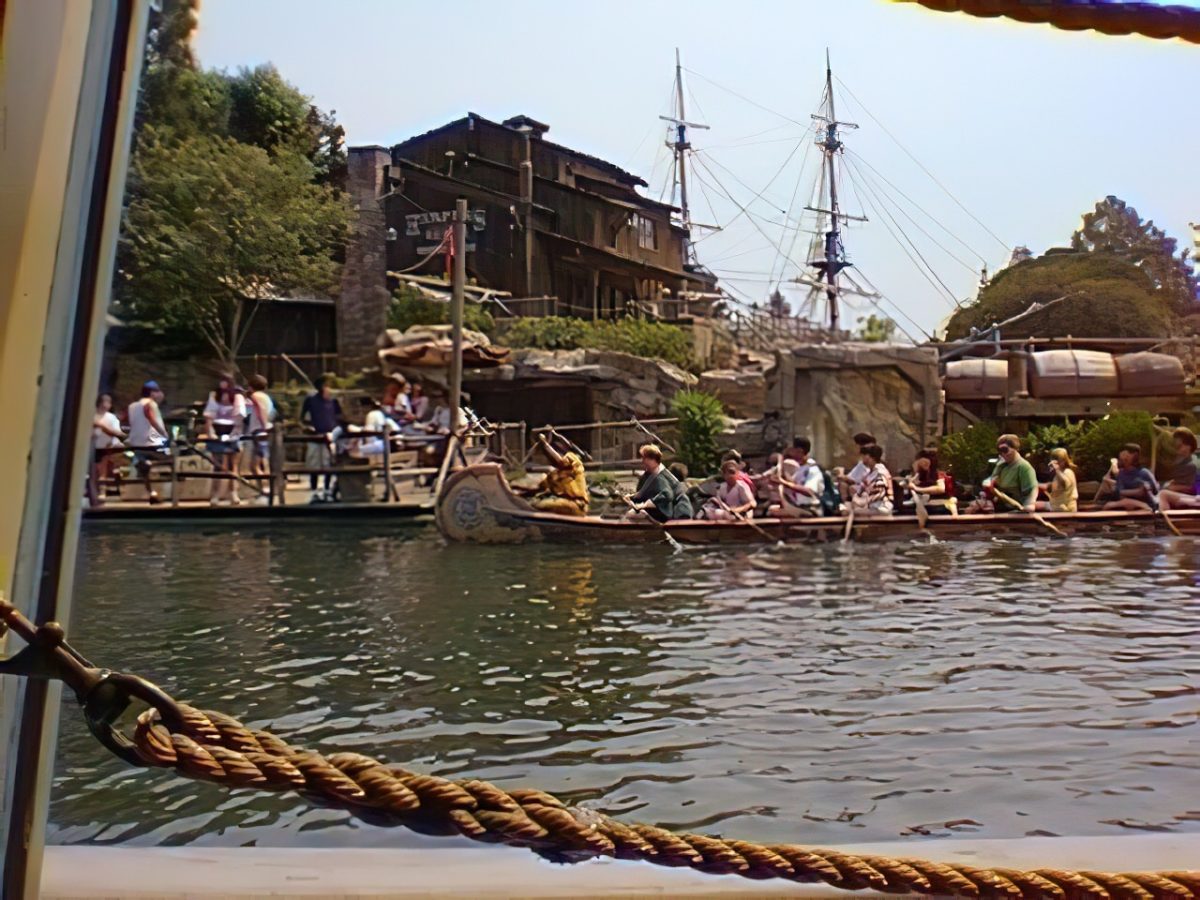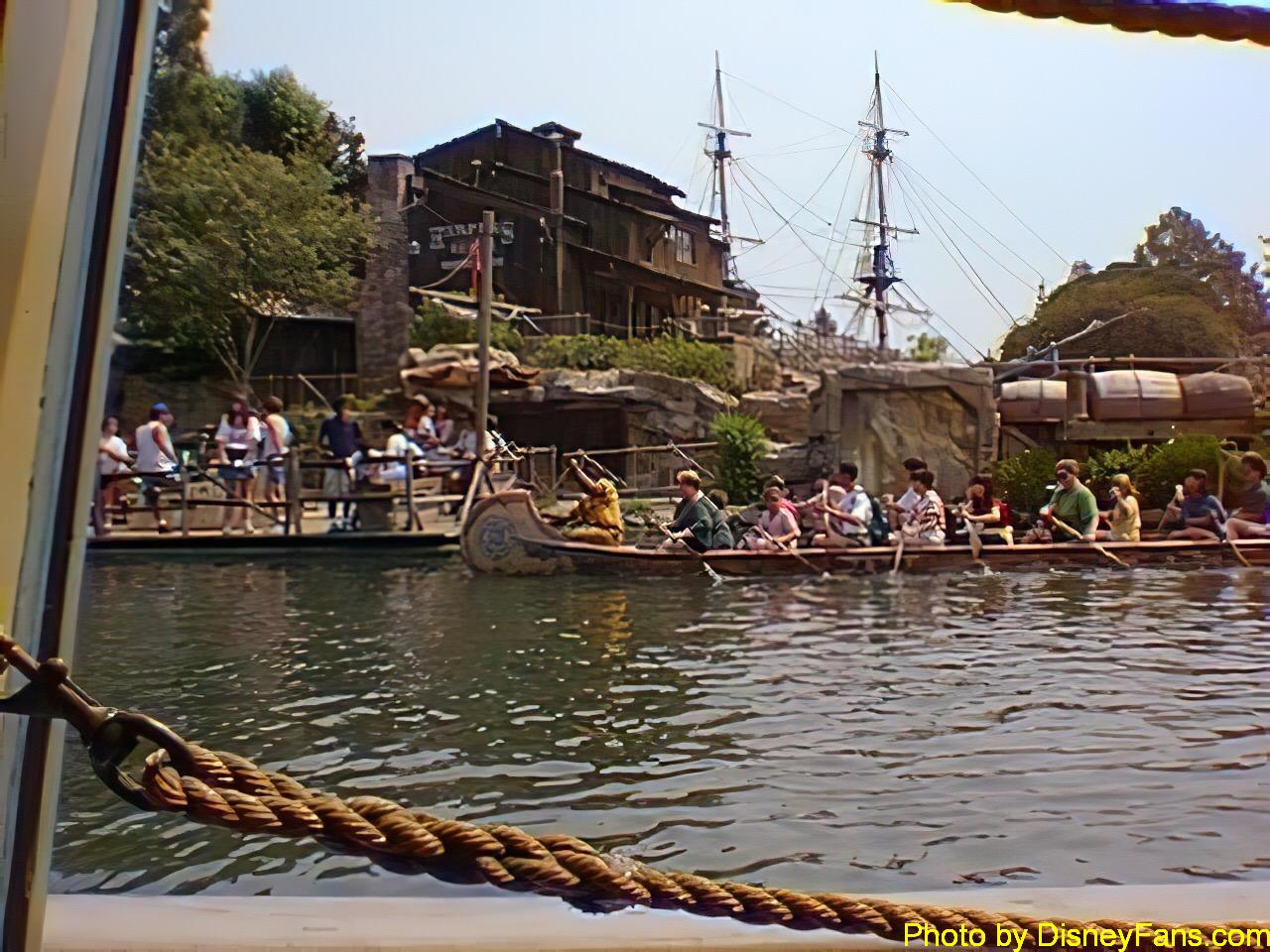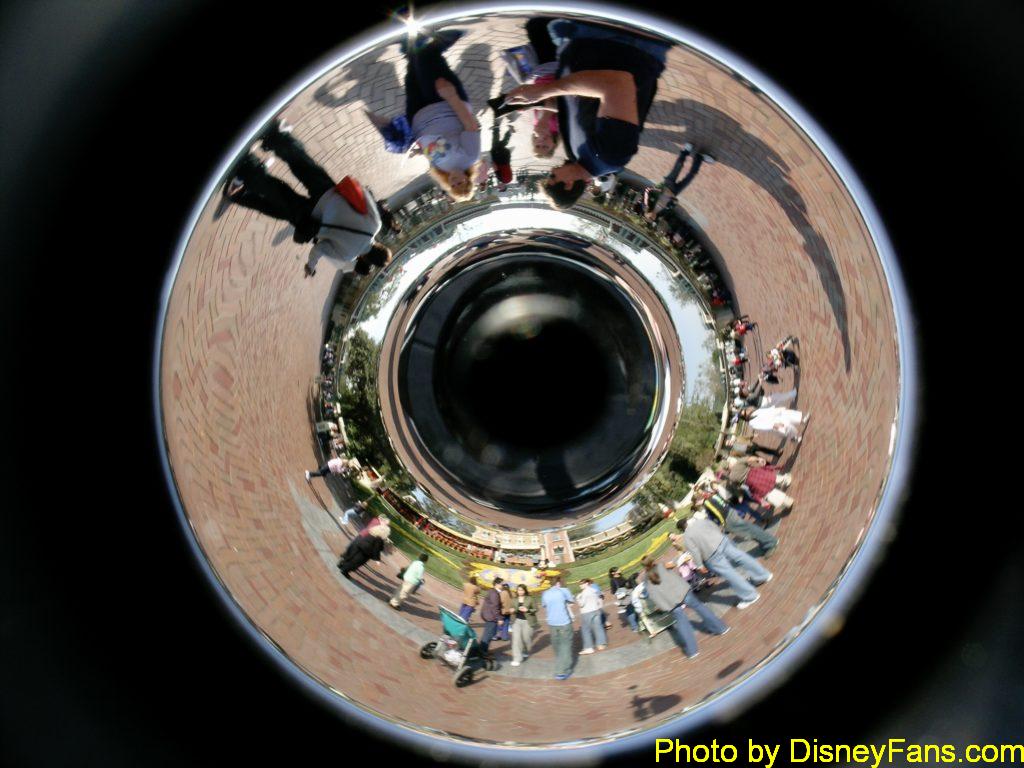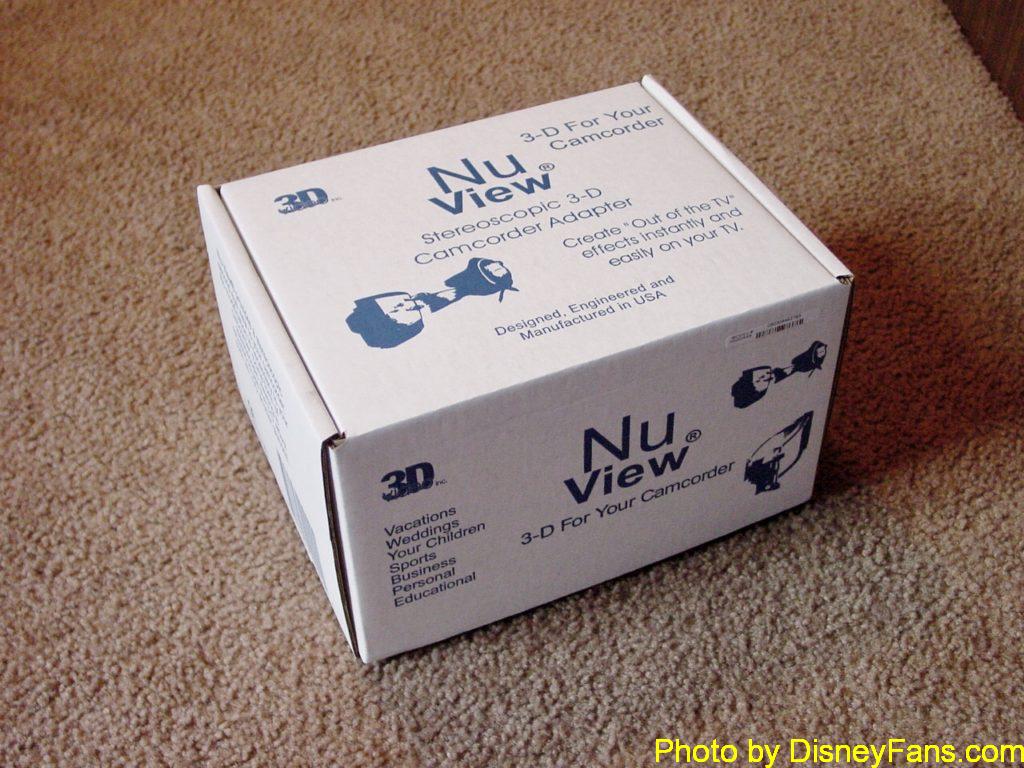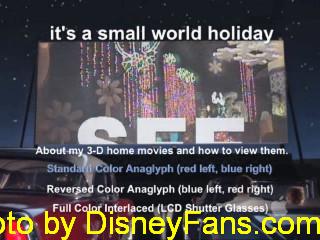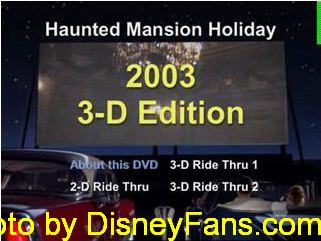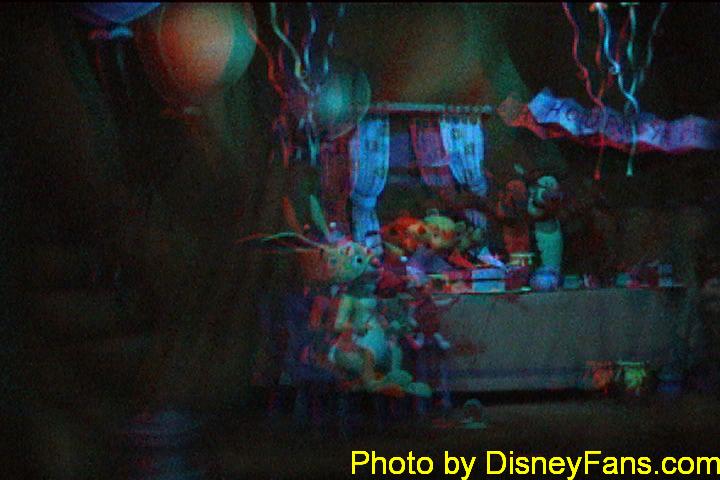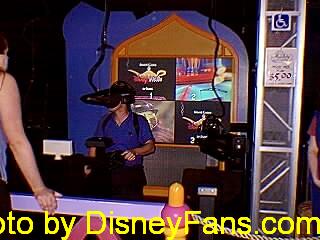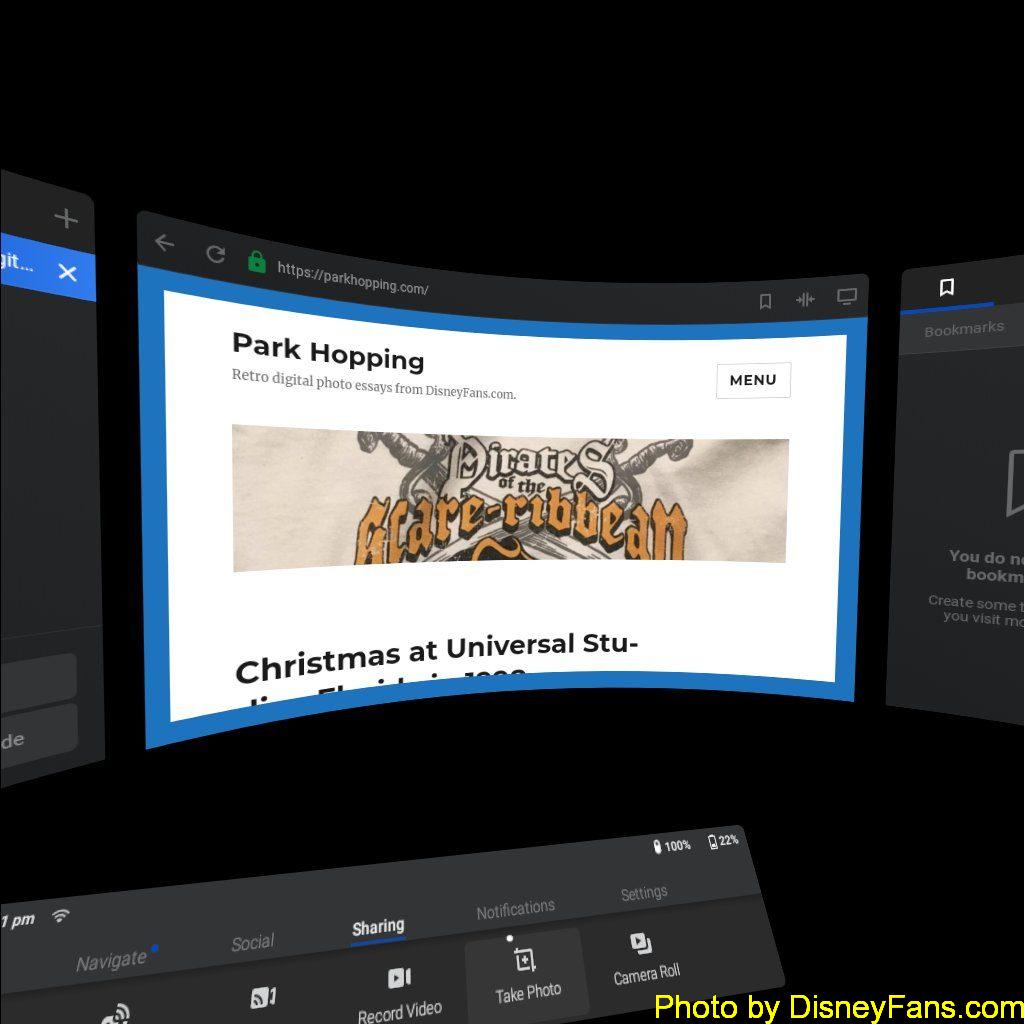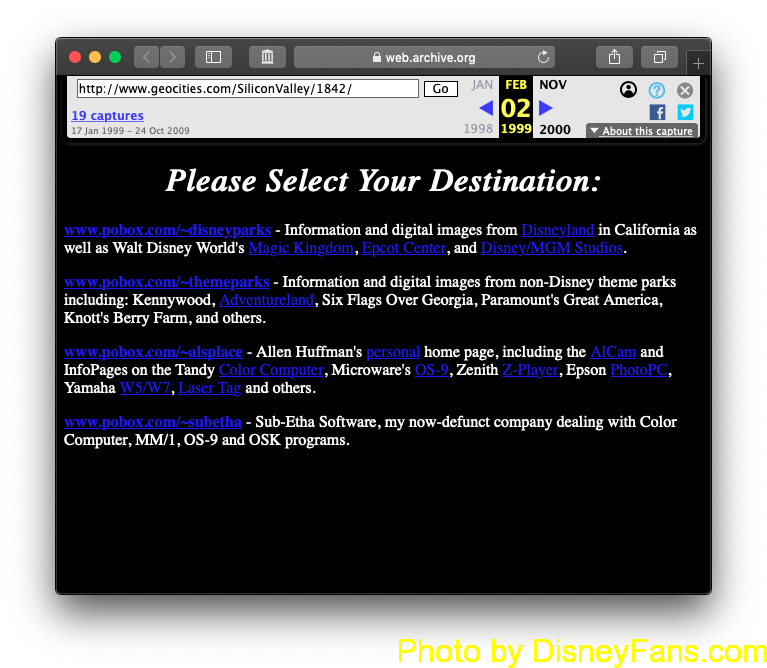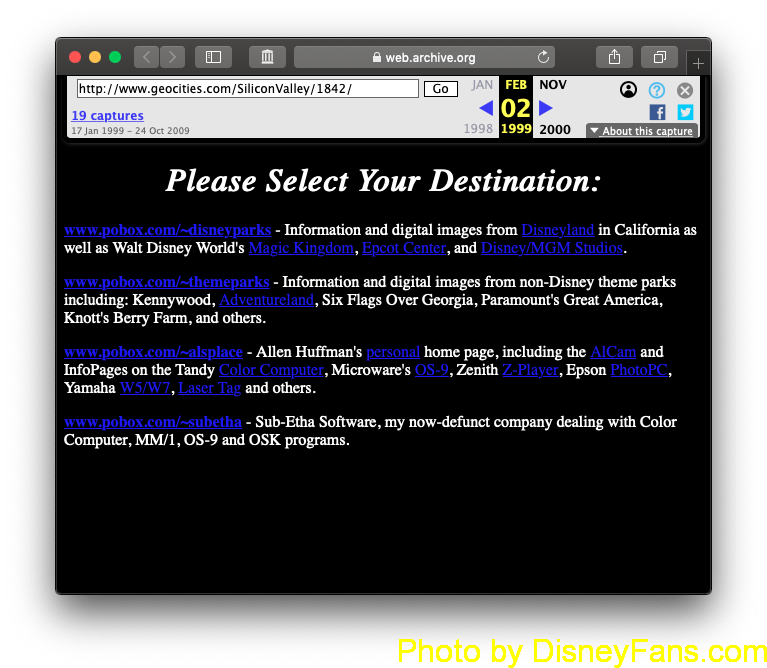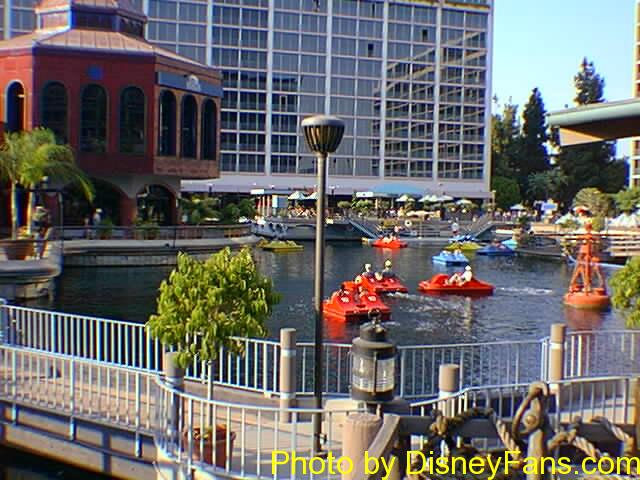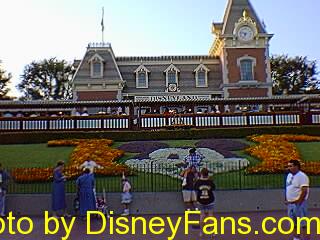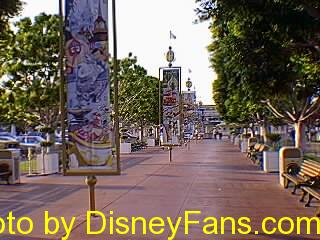While picking up a camera lens cleaner today, the camera shop guy showed me a better camera than the old one I use. It could take better pictures, including low light, and use interchangeable lenses so a super zoom could be added.
But, zooming was manual. Right hand holding the camera, left hand controlling the manual zoom on the lens. Plus, you had to remove the lens cap and manually extend the lens before you could even take a shot.
As nice as it would be to have a better camera, the way I take photos (often with my camera in my right hand, while my left hand has a beverage or video camera), the thought of doing the extra work every time I wanted to snap a photo is not desirable.
Most of the time, my camera is off, with the built-in lens cover protecting it. I power it on, the cover opens and lens extends and I am ready to take a shot within a second or two. How many photos would I miss out on if I had to do more work every time I wanted to take a picture?
As to the zoom, I created (with help of ChatGPT) a script to scan through my photos and tell me how many unique zooms it found. If I rarely zoomed, the number would be low. If I often zoomed, it would be high.
Unique Focal Lengths Found: 76 in 2204 photos
In a specific folder of photos form one visit to California Adventure, I had 76 different zoom levels. But, this isn’t truly what I want to know. For instance, if 99% of the time I turned on the camera and zoomed in maximum, and the other 1% of the time I just turned it on and did nothing, it would show 2 zoom levels — even though I actually used the zoom 99% of the time.
More work on this script needs to be done. A few interacting with ChatGPT later, and now I have one that shows me a formatted listing, from most-used to least-used focal lengths, along with their percentages:
Scanning photos in 'CaliforniaAdventure2022'...
2204 photos scanned.
Unique Focal Lengths Found: 76
44/5: 1858 ( 84.30%)
184/5: 104 ( 4.72%)
9069/500: 28 ( 1.27%)
14549/1000: 16 ( 0.73%)
2693/100: 8 ( 0.36%)
10541/500: 7 ( 0.32%)
5873/200: 7 ( 0.32%)
12103/1000: 7 ( 0.32%)
16583/1000: 6 ( 0.27%)
5839/250: 6 ( 0.27%)
6381/500: 6 ( 0.27%)
13693/500: 5 ( 0.23%)
24453/1000: 5 ( 0.23%)
9189/500: 5 ( 0.23%)
10693/500: 5 ( 0.23%)
3289/100: 5 ( 0.23%)
25639/1000: 5 ( 0.23%)
10051/1000: 4 ( 0.18%)
15229/500: 4 ( 0.18%)
20211/1000: 4 ( 0.18%)
19393/1000: 4 ( 0.18%)
983/50: 4 ( 0.18%)
2479/250: 4 ( 0.18%)
13319/1000: 4 ( 0.18%)
27857/1000: 3 ( 0.14%)
6711/200: 3 ( 0.14%)
26487/1000: 3 ( 0.14%)
3163/100: 3 ( 0.14%)
10317/1000: 3 ( 0.14%)
3401/200: 3 ( 0.14%)
2877/200: 3 ( 0.14%)
25233/1000: 3 ( 0.14%)
23713/1000: 3 ( 0.14%)
22669/1000: 3 ( 0.14%)
6449/500: 3 ( 0.14%)
22013/1000: 3 ( 0.14%)
17671/1000: 3 ( 0.14%)
5797/500: 3 ( 0.14%)
7709/500: 3 ( 0.14%)
1579/100: 2 ( 0.09%)
10393/500: 2 ( 0.09%)
3679/250: 2 ( 0.09%)
2167/200: 2 ( 0.09%)
22337/1000: 2 ( 0.09%)
2099/125: 2 ( 0.09%)
19131/1000: 2 ( 0.09%)
6977/200: 2 ( 0.09%)
7801/500: 2 ( 0.09%)
4099/200: 2 ( 0.09%)
2037/200: 2 ( 0.09%)
12419/500: 1 ( 0.05%)
151/8: 1 ( 0.05%)
12039/500: 1 ( 0.05%)
753/50: 1 ( 0.05%)
15983/1000: 1 ( 0.05%)
2328/125: 1 ( 0.05%)
15237/1000: 1 ( 0.05%)
14951/500: 1 ( 0.05%)
26057/1000: 1 ( 0.05%)
16379/1000: 1 ( 0.05%)
1739/125: 1 ( 0.05%)
1778/125: 1 ( 0.05%)
11847/1000: 1 ( 0.05%)
16179/1000: 1 ( 0.05%)
2876/125: 1 ( 0.05%)
9499/1000: 1 ( 0.05%)
4983/250: 1 ( 0.05%)
241/25: 1 ( 0.05%)
293/25: 1 ( 0.05%)
13037/1000: 1 ( 0.05%)
7443/500: 1 ( 0.05%)
2712/125: 1 ( 0.05%)
28343/1000: 1 ( 0.05%)
12363/1000: 1 ( 0.05%)
1361/100: 1 ( 0.05%)
12627/1000: 1 ( 0.05%)
I’m guessing that the 84% is the time I just turn on the camera and take a photo. This tells me that 16% of the time, I mess with zoom.
It does seem like going to a camera with manual zoom is not something I want to do, since I do use the feature enough for that to be a step back.
#TheMoreYouKnow
I’ll be adding this script to my GitHub with other photo scripts I’ve been working on, shortly. You can find work-in-progress ones here:

